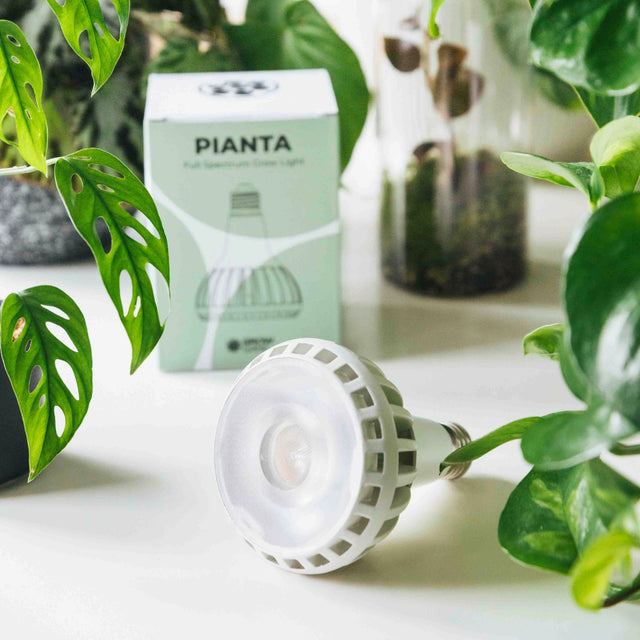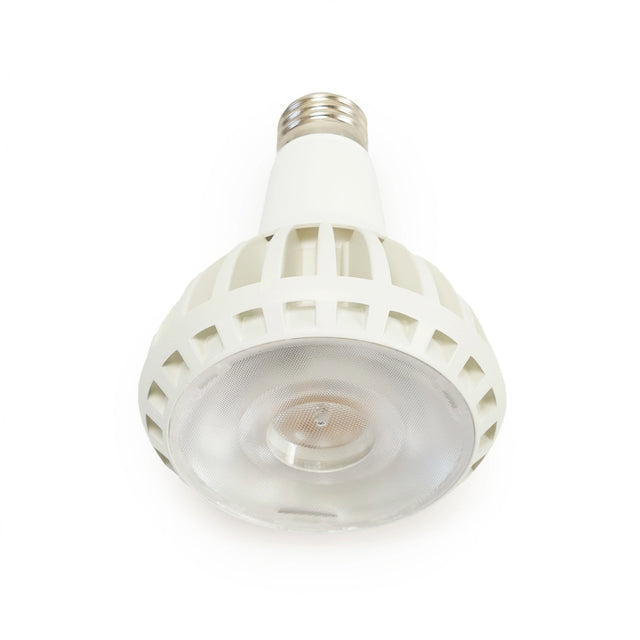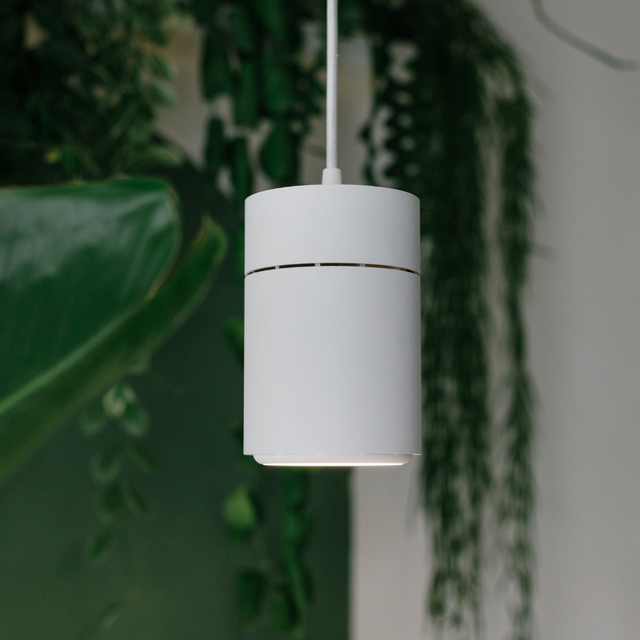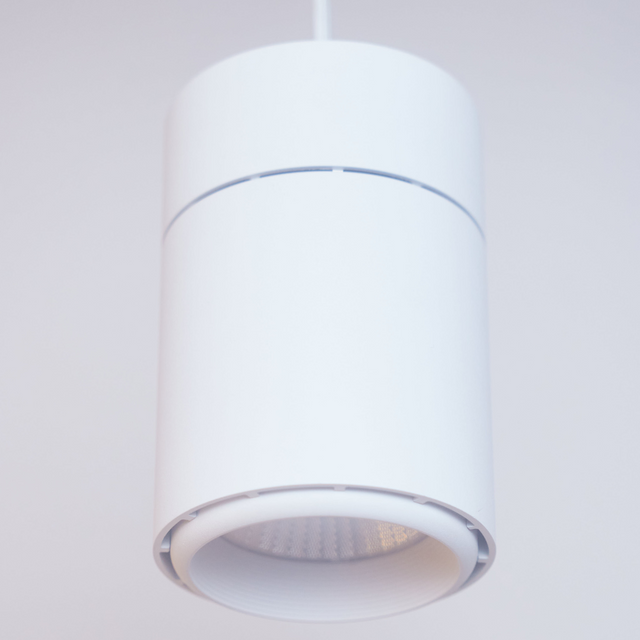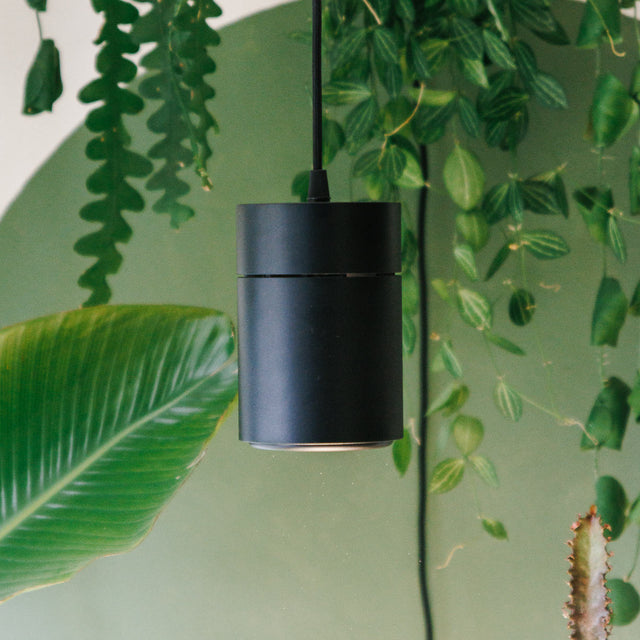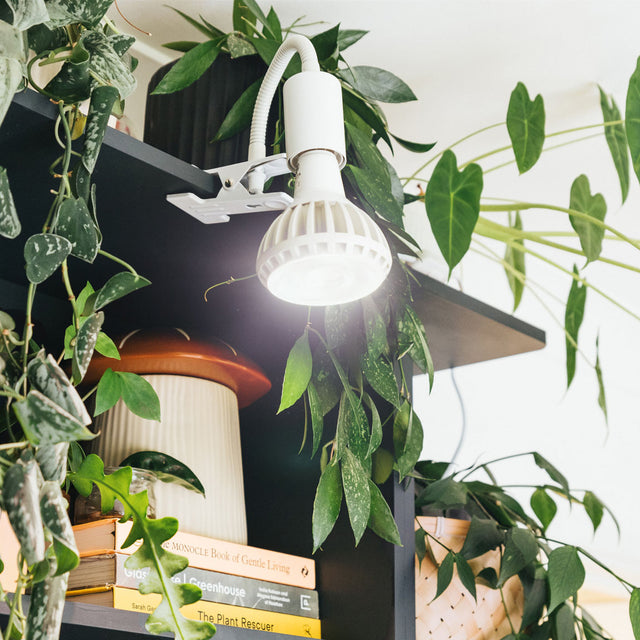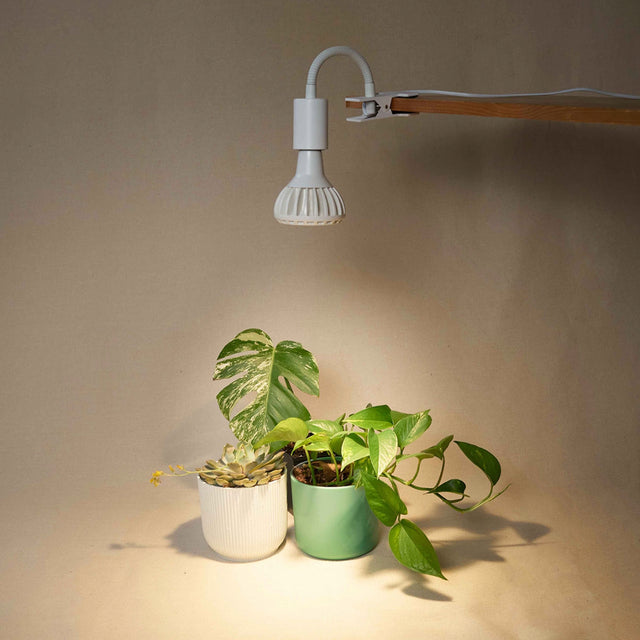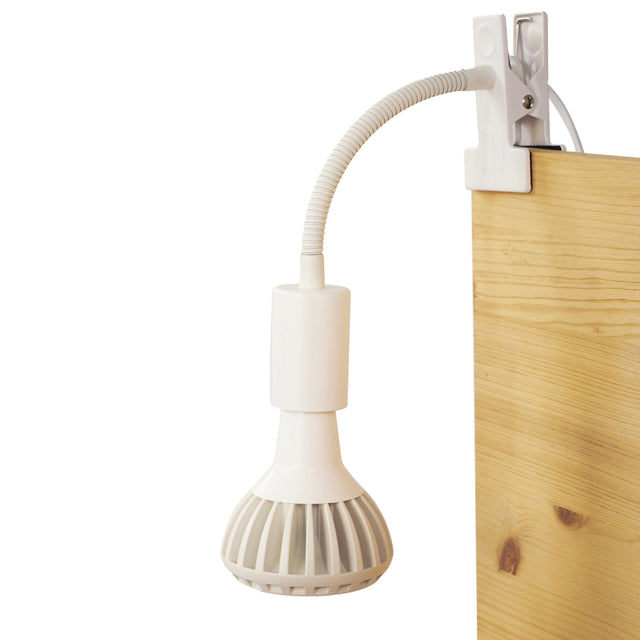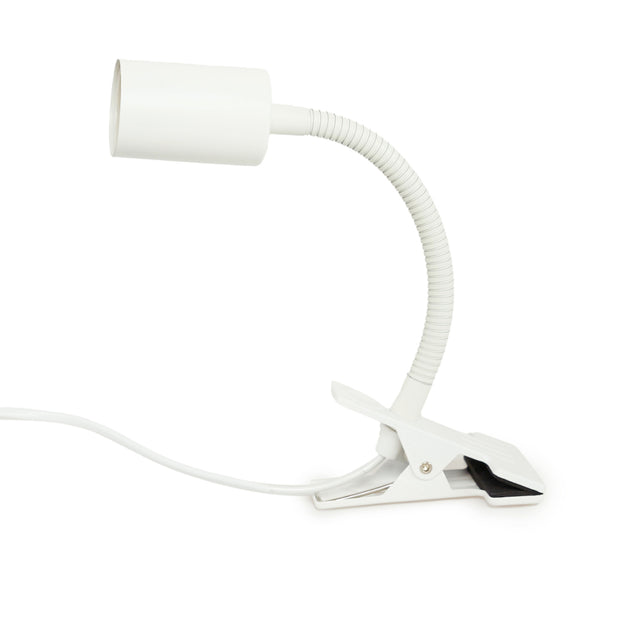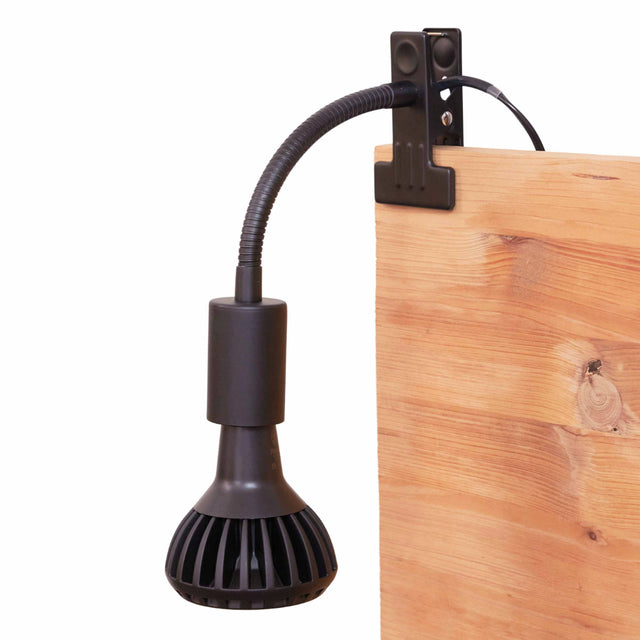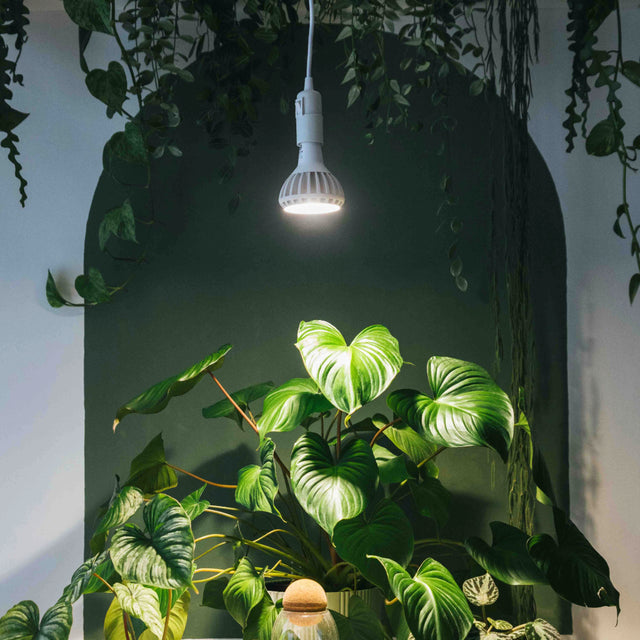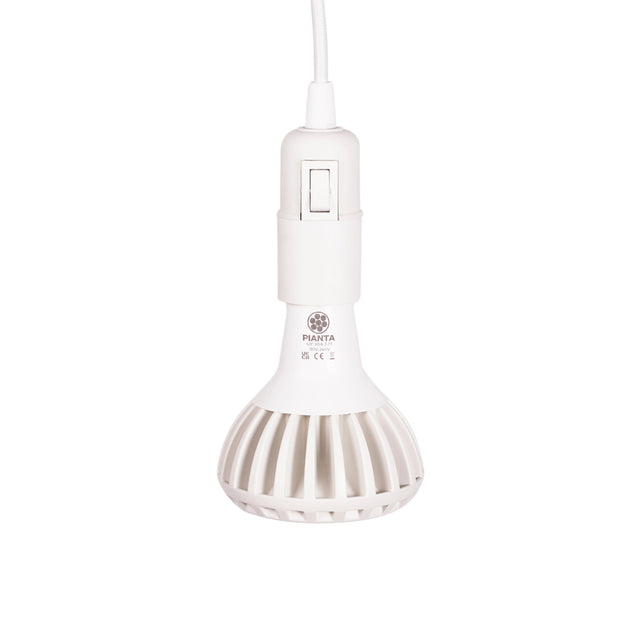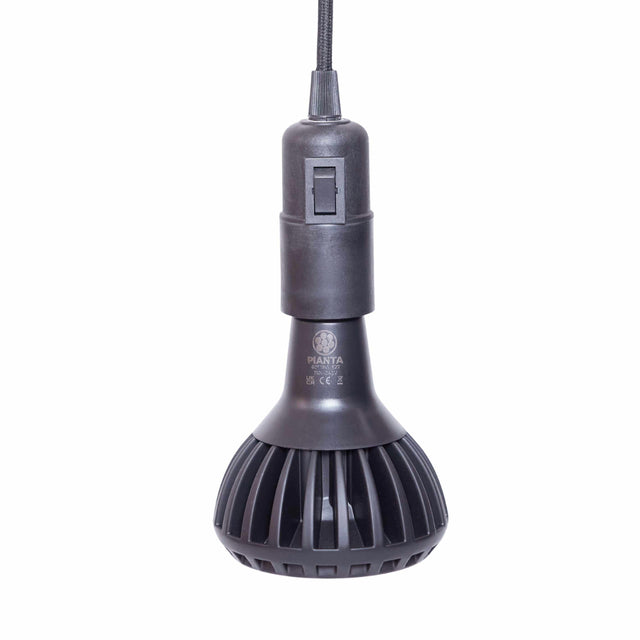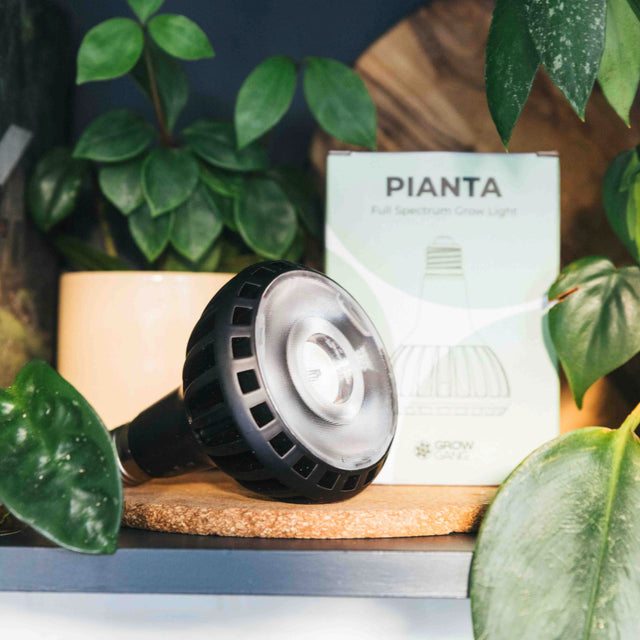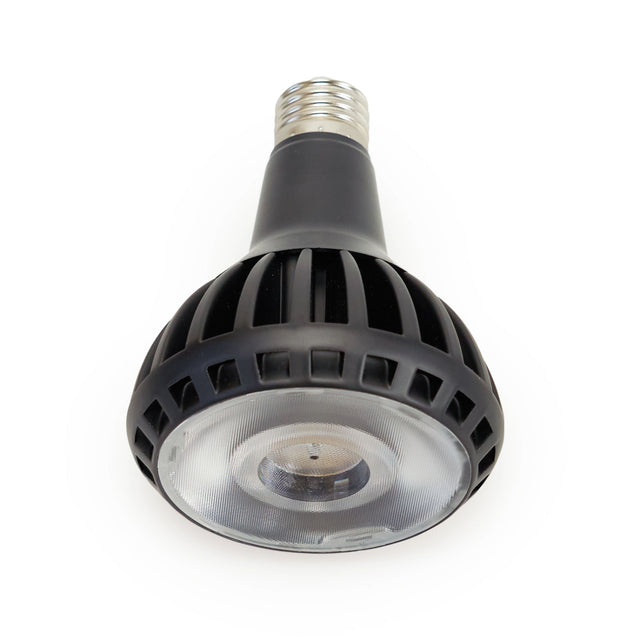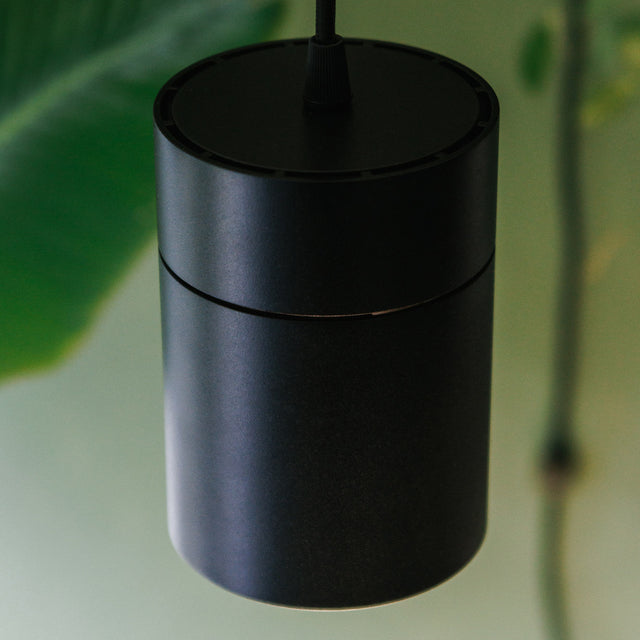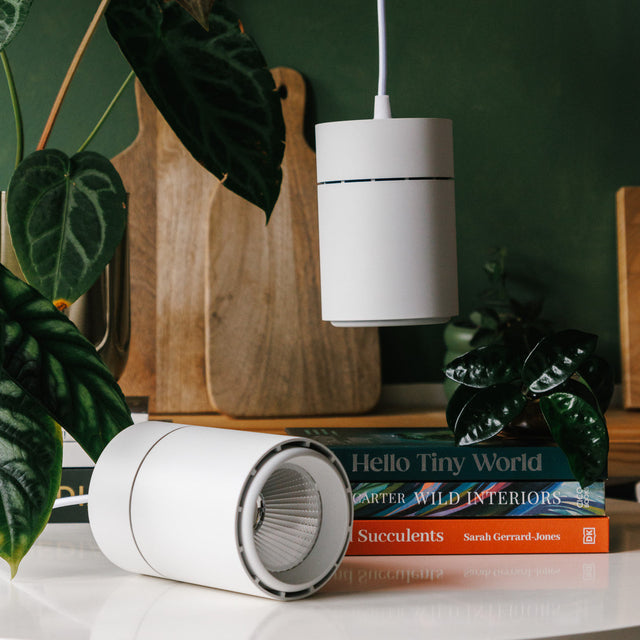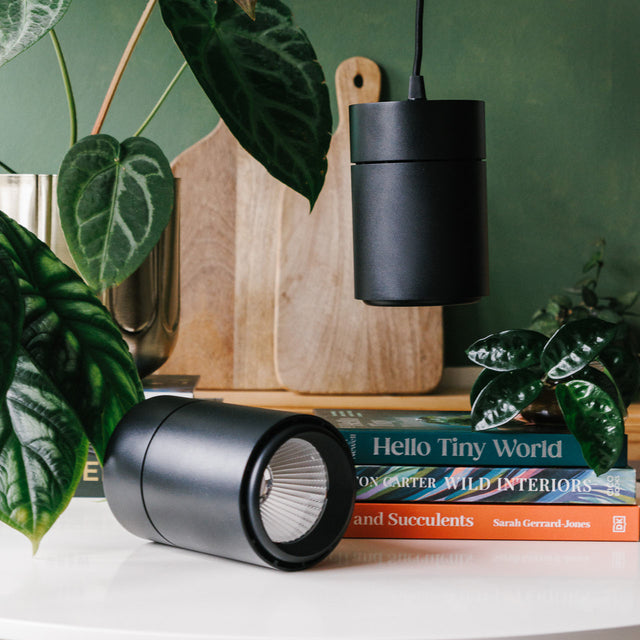
🔬Scientific name: Sinningia speciosa, (Family: Gesneriaceae)
🌍 Origin: It originates from the tropical and subtropical regions of southeastern Brazil, where it naturally grows in humid, shaded environments such as forest floors and rocky outcrops. A member of the Gesneriaceae family, which also includes African violets, it thrives in moisture-rich habitats. Introduced to Europe in the early 19th century, Gloxinia quickly gained popularity as a greenhouse and ornamental houseplant. Through cultivation, numerous hybrids have been developed featuring larger, more vibrant blooms and compact forms ideal for indoor growing, making it a favourite among plant enthusiasts worldwide.
Lighting
Lighting requirement: Bright, indirect light
The Gloxinia plant thrives in bright, indirect light, making it well-suited for indoor spaces with filtered sunlight. Ideal placement includes east- or north-facing windows, or brighter windows with a sheer curtain to diffuse the light. Direct sunlight, particularly in the afternoon, should be avoided as it can scorch the plant’s soft, velvety leaves. Without adequate light, Gloxinia may develop leggy growth, pale leaves, and fail to flower.
For homes with limited natural light, the plant also responds well to LED grow lights, ideally for 12–14 hours per day. Providing consistent, gentle illumination is key to promoting healthy growth and abundant blooms.
Watering:
This plant requires consistent but careful watering to thrive, particularly during its active growing and blooming season in spring and summer. The soil should be kept evenly moist, but never waterlogged, as overly wet conditions can lead to root rot. It's best to water from the bottom or around the base to prevent moisture from sitting on the plant’s soft, velvety leaves, which are susceptible to rot and fungal issues. After flowering, as the plant enters dormancy in autumn and winter, watering should be reduced significantly—just enough to keep the tuber from drying out completely. Using room-temperature, distilled, or rainwater helps avoid leaf spotting from mineral buildup, and good drainage is essential to maintain root health.
Humidity
The Gloxinia plant thrives in a humid environment, with optimal humidity levels around 60% or higher. This mirrors its native tropical habitat and supports healthy leaf development and abundant blooms. Low humidity can lead to browning or curling of the leaf edges and may cause buds to drop prematurely.
How to maintain humidity:
- Place the pot on a humidity tray (a shallow tray filled with water and pebbles).
- Use a room humidifier, especially during dry winter months or in centrally heated homes.
- Group the Gloxinia with other plants to create a more humid microclimate.
- Avoid misting, as moisture on the leaves can promote fungal problems due to their velvety texture.
Fertiliser:
This plant requires regular feeding during its active growing and blooming season to support healthy foliage and vibrant flowers. A balanced, water-soluble fertiliser works well, though a high-phosphorus formula can be especially effective during blooming to encourage more abundant flowering. Fertiliser should be applied every two weeks from spring through late summer, and always to moist soil to prevent root burn. For frequent feeding, it's advisable to dilute the fertiliser to half strength to avoid nutrient buildup. Feeding should be stopped entirely once the plant enters dormancy in autumn, allowing it to rest naturally without added nutrients.
Temperature:
It thrives in warm, stable temperatures that mimic its native tropical climate, ideally between 18°C and 24°C during the day and not below 15°C at night. It is particularly sensitive to cold drafts, sudden temperature fluctuations, and exposure to temperatures below 10°C, which can result in yellowing leaves, bud drop, or overall plant stress. To keep it healthy, it’s best to avoid placing the plant near air conditioners, heaters, or drafty windows. As the plant enters dormancy after flowering, slightly cooler conditions around 15°C to 18°C can support its rest period before the next growth cycle. Consistent warmth and protection from extremes are essential for optimal growth and blooming.
Troubleshooting and Pests:
It can be prone to a few common issues, most of which are preventable with proper care. Yellowing leaves are often a sign of overwatering or poor drainage, which can lead to root rot, while wilting or drooping may indicate either underwatering or root damage from excess moisture. A lack of blooms may be due to insufficient light, inadequate feeding, or the plant entering dormancy prematurely, and bud drop is frequently caused by low humidity or sudden environmental changes.
Pests such as aphids, spider mites, thrips, and mealybugs can occasionally infest Gloxinia, but they are manageable with insecticidal soap, neem oil, or manual removal. Preventative care includes using well-draining soil, avoiding overhead watering to protect the delicate leaves, maintaining stable temperature and humidity, and regularly inspecting for early signs of infestation. With consistent attention and a controlled environment, most issues can be avoided, keeping the plant vibrant and healthy.
Height:
The Gloxinia plant is a compact, low-growing plant that typically reaches a height of 15 to 30 cm and spreads about 20 to 30 cm wide. Its growth habit is characterised by a symmetrical rosette of broad, velvety leaves supported by a tuberous root system, with most of its energy directed toward producing large, colourful blooms rather than vertical growth. This petite size makes it ideal for small spaces, tabletops, and indoor displays, and it requires minimal pruning to maintain its shape. Even at full maturity, Gloxinia remains neat and manageable, offering vibrant floral appeal in a compact form.
Is It Toxic To Pets?
No, the Gloxinia plant is generally considered non-toxic to pets, including cats and dogs, making it a safe choice for households with animals. It does not containany known harmful compounds that would pose a significant risk if ingested. However, as with most plants, consuming any part of it may still cause mild gastrointestinal upset in some pets, such as vomiting or diarrhoea, due to the plant's fibrous material. While Gloxinia is pet-friendly, it'sstill a good ideato keep it out of reach and monitoryour pets to prevent unnecessary nibbling or damage to the plant.
